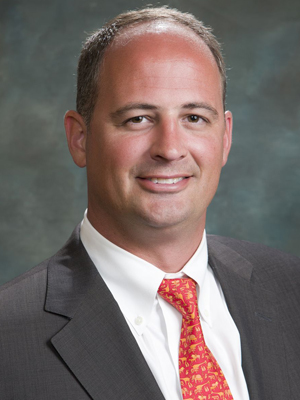

Southeast Arkansas is home to the Tunican Chapter of the Arkansas Archeological Society (AAS), which works closely with the UAM station. These include studying the sites and artifacts of Poverty Point people of the late Archaic period recovering materials from multi-component sites situated in the Felsenthal National Wildlife Refuge (spanning from Archaic to Mississippian periods) documenting Black cemeteries in collaboration with the Mosaic Templars Cultural Center and the Black Cemetery Network () analyzing the material culture of antebellum slave plantations understanding the lifeways of postbellum African American communities and uncovering the history of prisoner-of-war and internment camps operated by the American government in the region during World War II. The research agenda of the UAM station over the past 50 years has encompassed various aspects of understanding the human culture of the region spanning thousands of years through time. They also work closely with the ARAS staff at the nearby stations (SAU, UAPB, and Toltec) on research projects-providing and receiving assistance as needed. Both the station archeologist and station assistant develop a research agenda for the station and maintain collections and files for many of the sites in the seven-county station area.

The UAM station archeologist also serves as an “ex officio” board member (along with the mayor and county judge) of the Drew County Historical Society, which maintains the Drew County Historical Museum in Monticello.

The station archeologist collaborates with the curator of the Turner Neal Museum of Natural History, which is also situated on the UAM campus and features an anthropology exhibit that must be maintained and updated over time. The station archeologist serves as the sole anthropology faculty member in the School of Social and Behavioral Sciences and teaches two undergraduate anthropology courses during every spring semester. The UAM station operates with one station archeologist and one station assistant, who together maintain a research laboratory in the visual and performing arts building. Hernando de Soto’s entrada traveled along both sides of the Arkansas River during the early 1540s, and it is thought that Soto met his ultimate fate on the south side of the river in what is today Desha County. The entire station area encompasses lands forcibly ceded by the Quapaw Nation in 18, including their final lands ceded on the south side of the Arkansas River, and those counties that border the river (Lincoln and Desha) have many sites associated with not only the Quapaws but also the Tunicans before they moved south to Mississippi and Louisiana during the 1600s as well as Choctaws who maintained territories to the east in Mississippi prior to Indian removal. The eastern portion of the station territory, situated along the Mississippi River, was home to dozens of antebellum slave plantations that after Emancipation became large-scale farming operations where African American sharecroppers and tenant farmers came from all over the American South and labored well into the twentieth century. The Poverty Point World Heritage Site is located only 30 miles south of the UAM station border, and archeologists have documented evidence of Poverty Point people and culture on several sites in the southernmost counties (Ashley and Chicot), including Lake Enterprise-the oldest known mound site in Arkansas. This includes a portion of the Mississippi Alluvial Plain that runs along the western banks of the Mississippi River Bayou Bartholomew, which flows north to south through the station area and separates these eastern lowlands from the West Gulf Coastal Plain and the eastern portions of the Felsenthal National Wildlife Refuge, near the Louisiana border.

Counties served: Ashley, Bradley, Chicot, Cleveland, Desha, Drew, and Lincoln The Arkansas Archeological Survey (ARAS) research station at the University of Arkansas at Monticello (UAM) serves a seven-county area in the southeastern corner of the state.


 0 kommentar(er)
0 kommentar(er)
